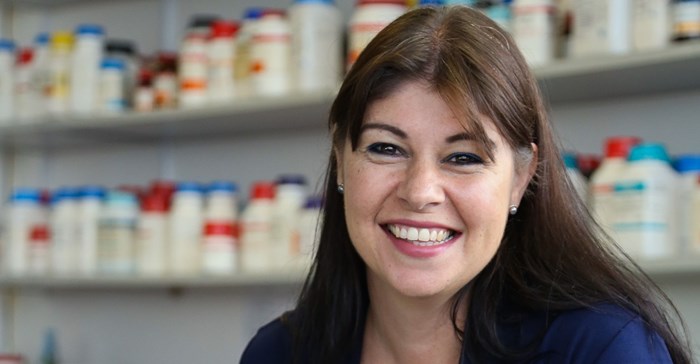UWC research identifies 130 new skin viruses

The study, Novel phages of healthy skin metaviromes from South Africa also hinted at directions for future research that might help fight the rise of multiple drug resistant strains of bacteria.
“This study represents the most detailed assessment of skin phage diversity yet, and is also the first report for a South African context - which is important towards understanding global patterns of skin-phage lifestyles,” explains Professor Marla Trindade, principal investigator of the study – and University of the Western Cape’s Institute for Microbial Biotechnology and Metagenomics (IMBM) director.
“It’s possible that phages hold the key to understanding bacterial community imbalances and resultant disorders,” says study co-author Dr Lonnie van Zyl. “These phages undoubtedly have an impact on their host population through lysis events or altered metabolism during lysogeny.”
The study also found (among other things):
- Identical phages were found to be present on different individuals and in different body sites - which supports the notion that although microbiomes are unique overall, there are clearly shared bacteria and viruses.
- That highly similar, if not identical, phages may be in operation on the skin of people who live in close geographical proximity - not unexpected in urban settings where the exchange of skin microbes may be a frequent occurrence.
- That a particular bacteriophage, suspected to infect different species of Staphylococcus, may be a common skin commensal virus potentially regulating its host and its activities on the skin.
“The identification of 130 phage species linked to the skin, and of a staphylococcal-phage unique to skin, opens the way to new treatment routes for skin infectious diseases or flora imbalance,” says study co-author Dr Lionel Breton, scientific director of L’Oréal Advanced Research. “We can imagine in the future stimulating these natural defenses to improve skin health.”
Such a phage therapy approach offers an alternative to antibiotics - and offers a way to combat the antimicrobial resistance burden on healthcare systems globally. It also offers cosmetic applications, including an approach to tackle microbial imbalance on compromised (e.g. dry, sensitive or acne-prone) skin.
“If identical or nearly identical phages are found to be universally present on healthy skin, but not on “diseased” skin, they could be explored as biomarkers for detecting imbalances in skin microbial communities,” Van Zyl explains. “Conversely, phages can be used to treat skin infections due to their ability to target a specific bacterial pathogen.”
For example, the identification of phages related to those present in many Acinetobacter genomes suggests a widespread infection of these bacteria by such viruses - and as Acinetobacter species have emerged in recent years as a significant threat to human health, identifying phages targeting these microbes could be employed to target these pathogens.
“The skin virome is set to become one of the new areas for exploration,” says Trindade, “and if we can capture the genetic variations, whether in bacteria or viruses, that may play a role in infection, immune evasion or widening of host tropism, we may be able to help a lot of people in the long run.”